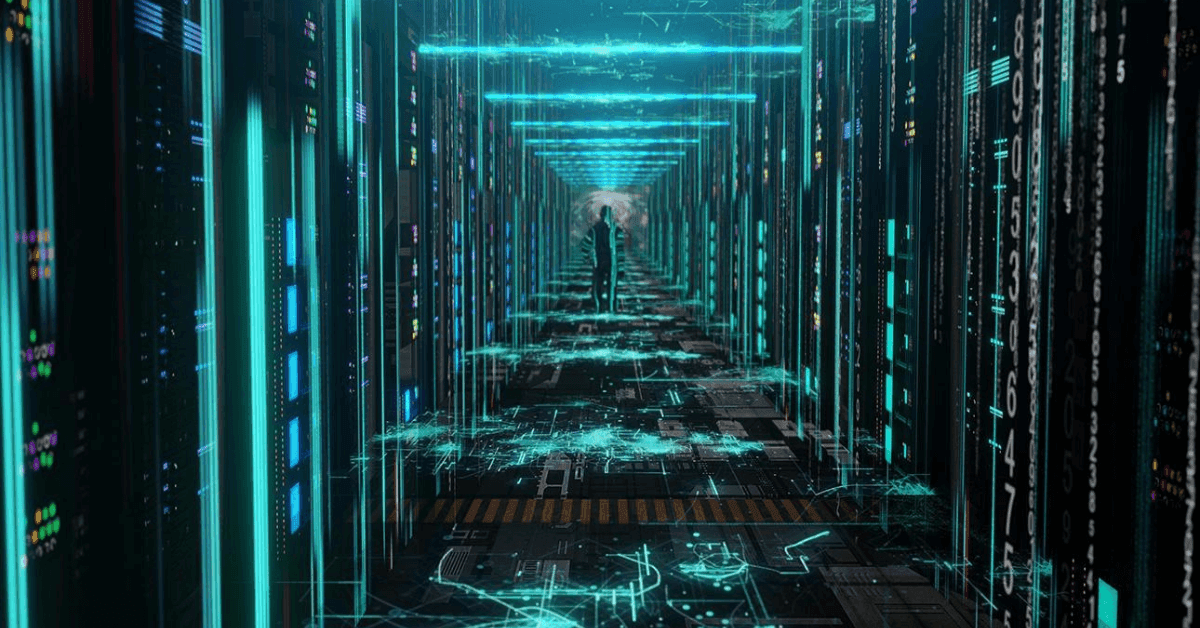First the pandemic then the cryptocurrency and now web3, the question here is what’s this revolution that’s spreading like a wild fire all over internet? 2020 was hit by pandemic which not only changed the working style from office to comfortable sofas and bed side couch to zoom calls and team meetings. And if that was not enough another revolution is on its way to pave into the life of users helping them take in charge of their own world without any interference of a third-party source. This platform will enable users to create their own virtual space where they can play, party, socialize and do transactions at utmost ease.
What exactly is web3? Why has it gained such a lime light among the business leaders and technologist whether in the gaming industry or social media platforms? Web3 as a whole can be defined as decentralization based on blockchain and metaverse technology which makes it even more intriguing to understand. cryptocurrencies and non-fungible tokens (NFTs) are some of the best-known applications of this all-new concept of web3.
Web3's Decentralization Engine
One of the key differences between Web3 and its forerunners in terms of architecture and infrastructure is decentralisation. Web 2.0 saw more interactive, user-generated and engaging content than Web 1.0, which was dominated by html content. However, the infrastructure is given by third parties and is typically owned by digital powerhouses like Meta (previously Facebook), Twitter, and Microsoft. Blockchain technology, however, enables the storage of data on Web3 in a decentralised manner. In the blockchain, information is encrypted and stored over a decentralised network of computers. Data can't be modified randomly since copies of it exist throughout the network; if one copy differs from the others, it is incorrect. The new and innovative technology is enhanced by this additional layer of protection and control over the data which only belongs to us.
Therefore, regardless of where the server containing the data is physically located or whom it belongs too, the owner is the only person who can access or modify the data only when the owner of the data gives consents or there is network-wide agreement. Additionally, it is public blockchain, which means that no third party's consent is needed for a transaction to be executed. The parties to a transaction also don't need a third party to verify their trustworthiness because every transaction is secure thanks to the blockchain technology and encryption.
Web3 applications are already in the market making their own identity, but it is still uncertain whether the idea will become widely accepted in its present form. The foundation of the vision is flexibility and decentralisation, but whether governments and regulatory bodies will accept them is the crucial question. Safety, security, and legal concerns will always surface in the absence of oversight and control, which is currently a huge worry. Elon Musk and Jack Dorsey, the former CEO of Twitter, have both expressed concerns about Web3 not being truly decentralised and merely a publicity stunt to provide control over the media behemoths.
In the end, all paradigm shift faces a distinct set of difficulties as it develops. While many companies are still investigating the possibilities, several are already implementing Web3 technology to stay ahead of the curve. Business executives who are looking ahead must get ready for Web3 and get their teams on board.


POST A COMMENT (0)
All Comments (0)
Replies (0)